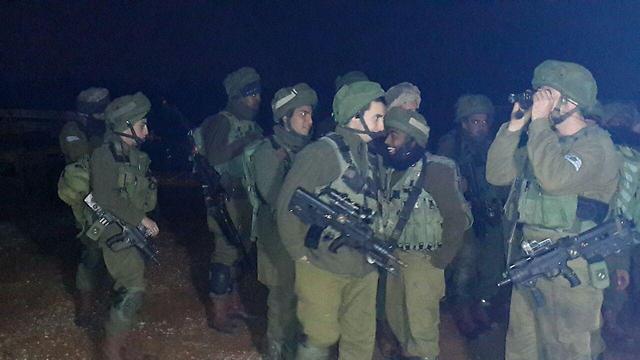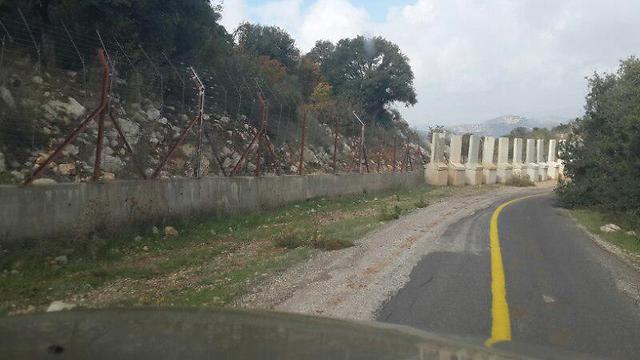Following the assasination of Samir Kuntar attributed to Israel, the IDF has increased its alert level along the Lebanese border; it is now confronting a more battle-hardened and capable Hezbollah.
If it plays according to the rules set out in the last two years, it is just a matter of time before Hezbollah avenges the assassinations of Samir Kuntar and Farhan al-Shaalan and it will most likely be a ground operation.
The IDF’s alert level has increased, but its alertness is mainly in the intelligence domain.
In response to the many attacks attributed to Israel in recent years, including attacks on Hezbollah’s communication facilities, Hezbollah Secretary General Hassan Nasrallah exacted revenge in the form of a pinpoint and limited attacks against the IDF. The last and most significant incident occurred a year ago when, in a Hezbollah ambush, eight anti-tank missiles were launched at Givati forces near the village of Ghajar, killingCaptain Yochai Kalangel and Sgt. Dror Haim Nini.

That attack was in retaliation for the targeted killing of Jihad Mughniyeh, the son of senior Hezbollah leader Imad, sent to the Syrian Golan to set up a Hezbollah base in the area after Kuntar failed at this task.
Only a year later, the reality on the northern border has changed dramatically. “Hezbollah no longer considers itself a terrorist organization but rather an army that can give a good fight,” an IDF officer in command of one of the northern fronts recently told Ynet.
IDF is well aware that alongside the fact that Hezbollah has tallied up 1,300 dead and 3,000 wounded in its ranks in Syria and Iraq, it has also gained confidence and battle management capabilities it didn’t have until now.
The following are the friction points that may erupt if and when Hezbollah chooses to react:
Fortification plan for towns near the border
The anti-tank missile attack on the Givati troops led to the IDF’s acceleration and expansion of a program to deploy concrete blocks up to eight meters high in communities near the fence along the Lebanese border, such as Manara and Malkia.

The program will also help disrupt terrorist infiltrations in the future, but as with any protection plan, it is not totally hermetic and sections of roads near the fence, orchards and agricultural fields will continue to be exposed to advanced anti-tank missiles or machine-gun fire.
New refugee population
Looking down from Mount Dov at both the Lebanese town of Marjayoun and the Israeli towns of Metulla and Beit Hillel reveals how the demographic permutations due to the Syrian Civil War have affected the reality on the ground. Just a few kilometers from the border with Israel, about 12,000 Syrians, most of them Alawites from the Damascus area and Daraa near Jordan, are gathered in refugee camps. The majority of them are involved in the development of thousands of dunams of agricultural land facing Israel.
The refugee camps are not considered a security threat at this point or a focus for operational exploitation by Hezbollah, but they are taken into account in any revision of the IDF’s operational plans in the area.
Hezbollah as a compartmentalized and confident army
The Lebanon border area is one of the first in which fighters who go out on operations are required to leave their mobile phones at the post, for fear they will be monitored by Hezbollah’s advanced surveillance systems, some of which are made in Iran.
IDF infantry brigades have had their training adjusted to deal with a different Hezbollah from the one they fought in 2006. They are now confronting brigades and battalions that know how to wage coordinated warfare based on organized combat doctrines and experience gained in Syria, along with capabilities in outflanking, suppressive fire with machine guns, and command and control techniques, as well as sophisticated ways of gathering intelligence such as with the use of drones,
